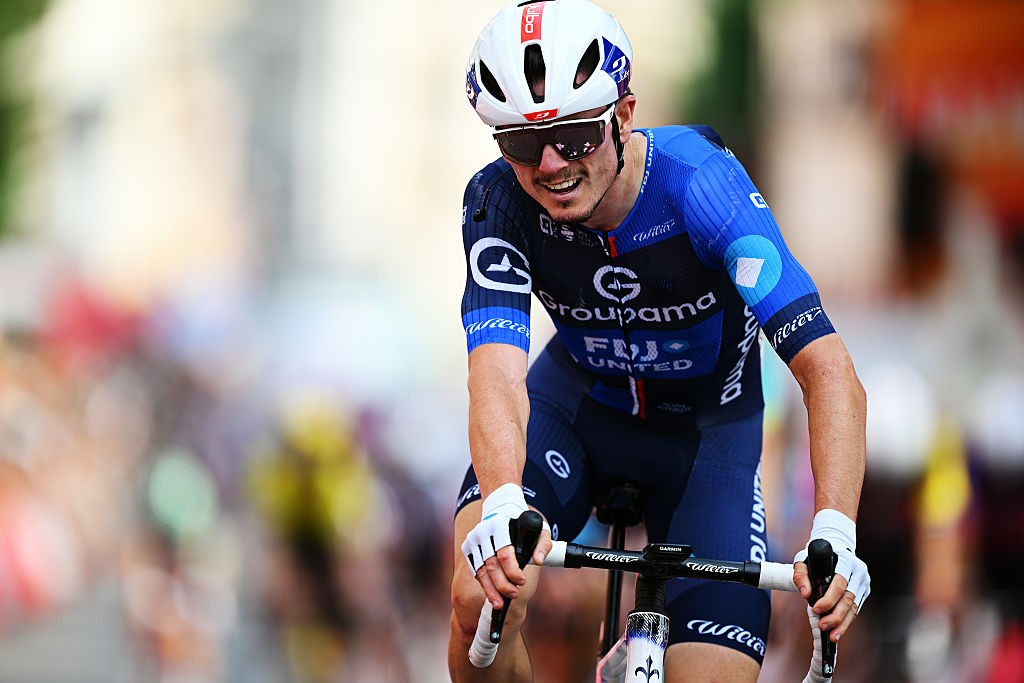Gallery: Miguel Indurain's 1994 UCI Hour Record Pinarello Espada
Spaniard established mark of 53.040 kilometres in Bordeaux
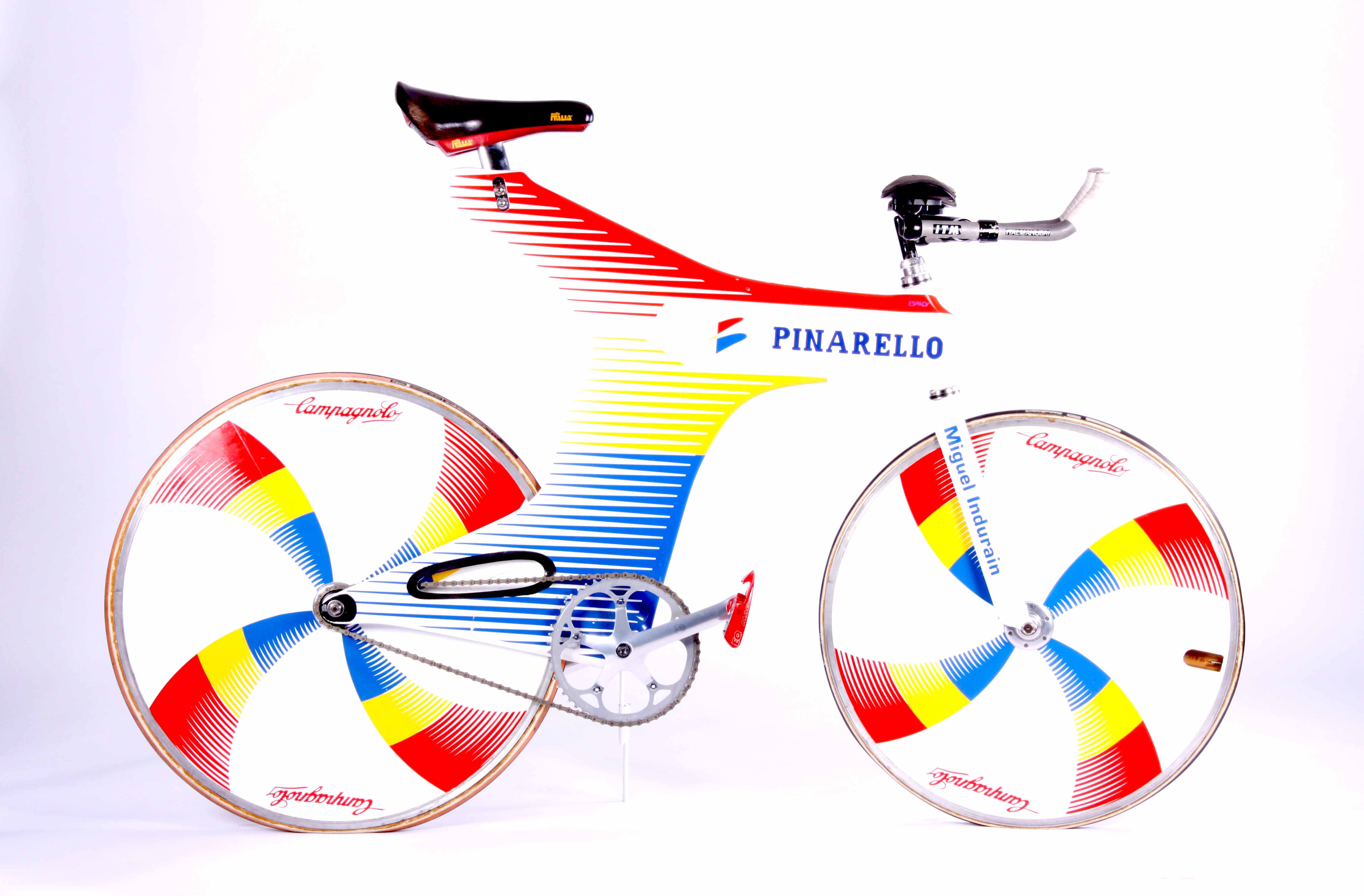
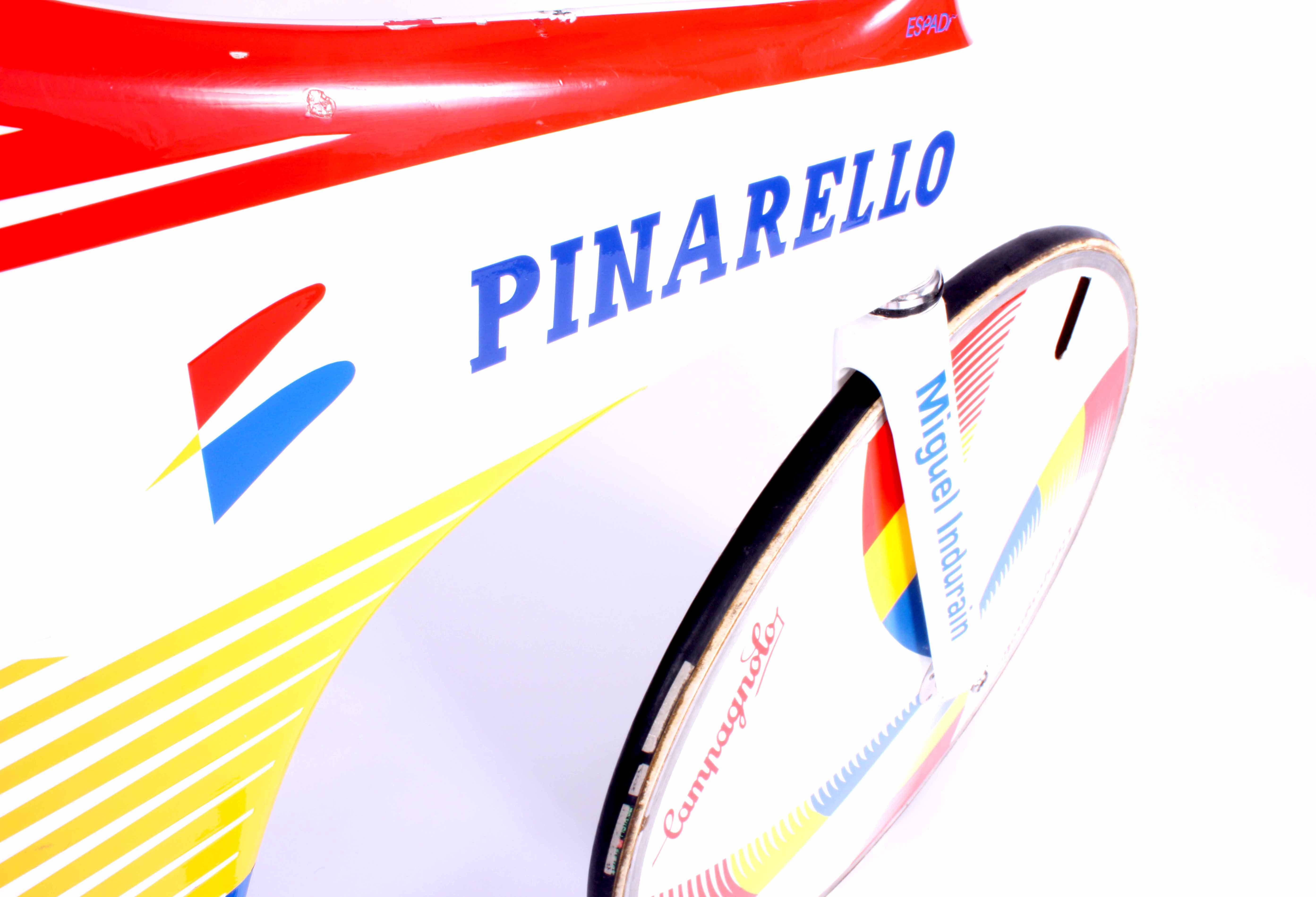
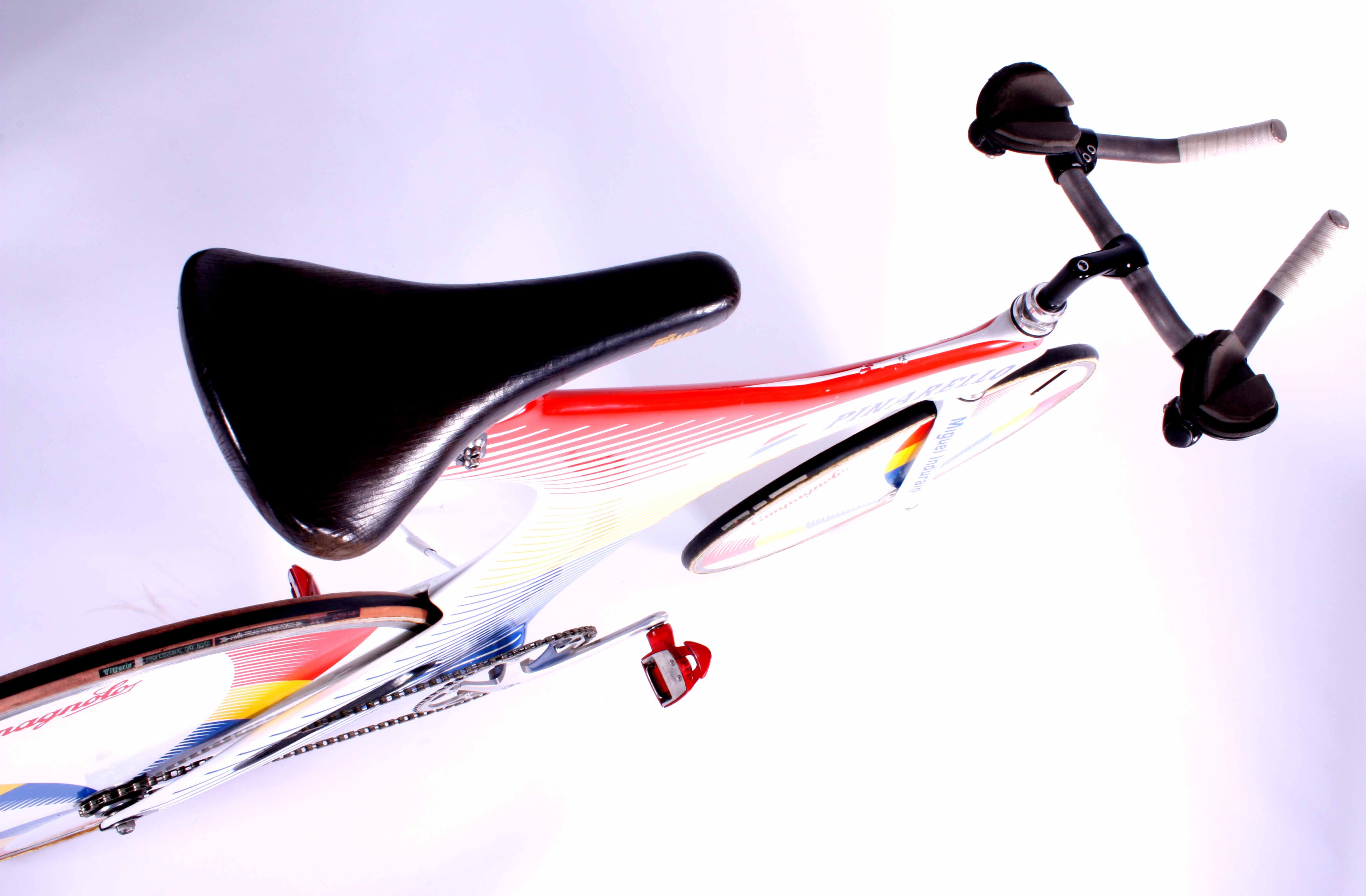
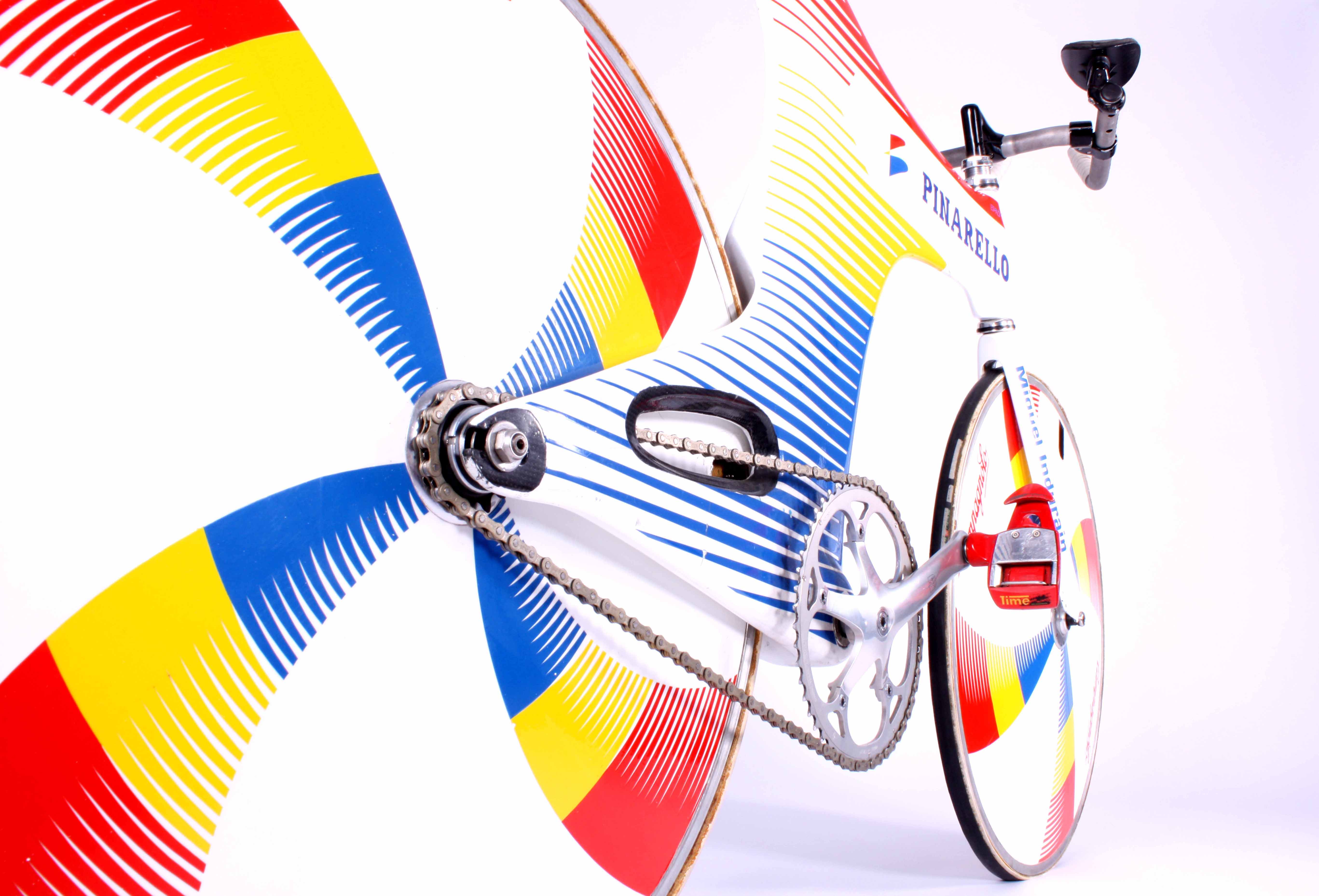
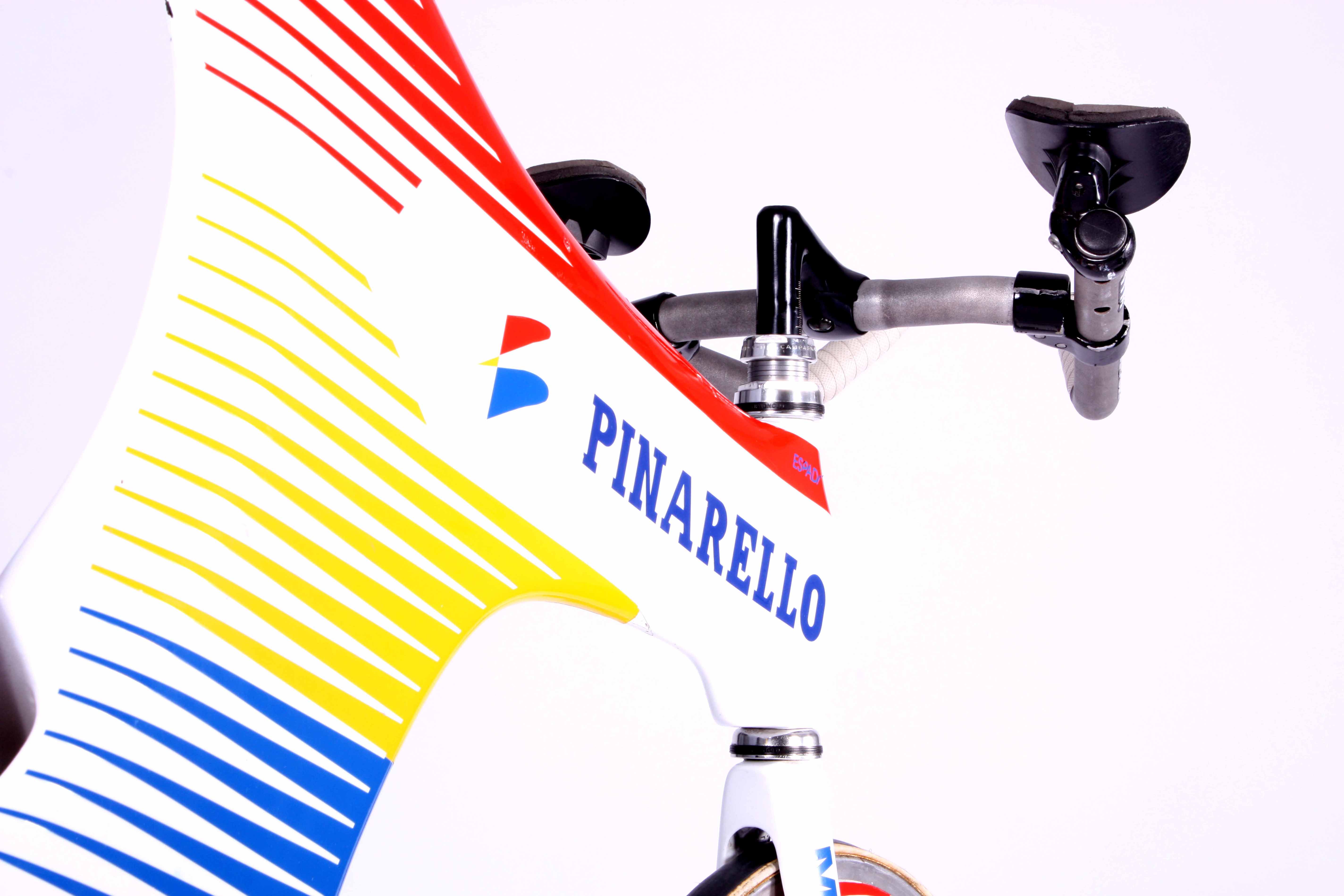
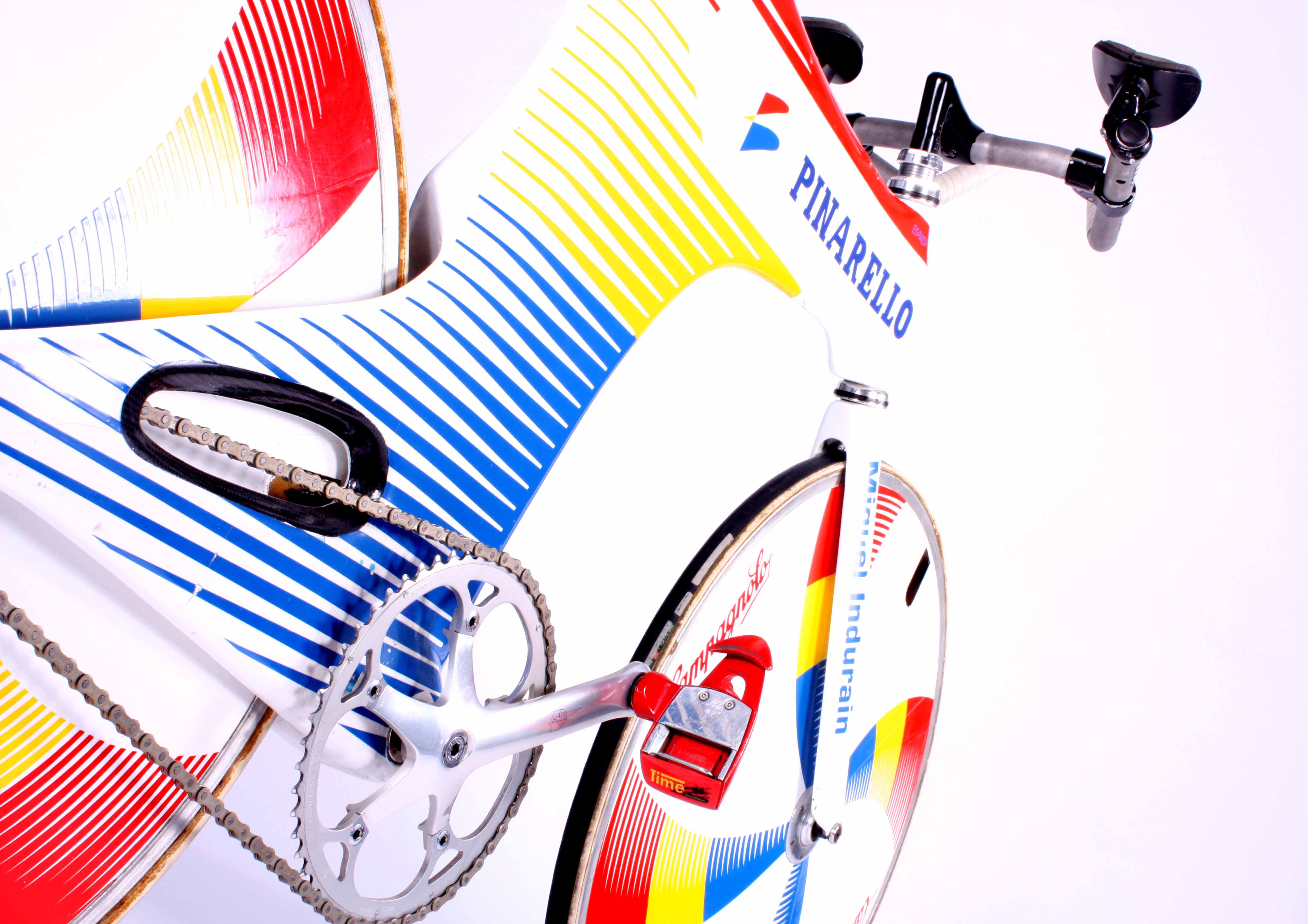
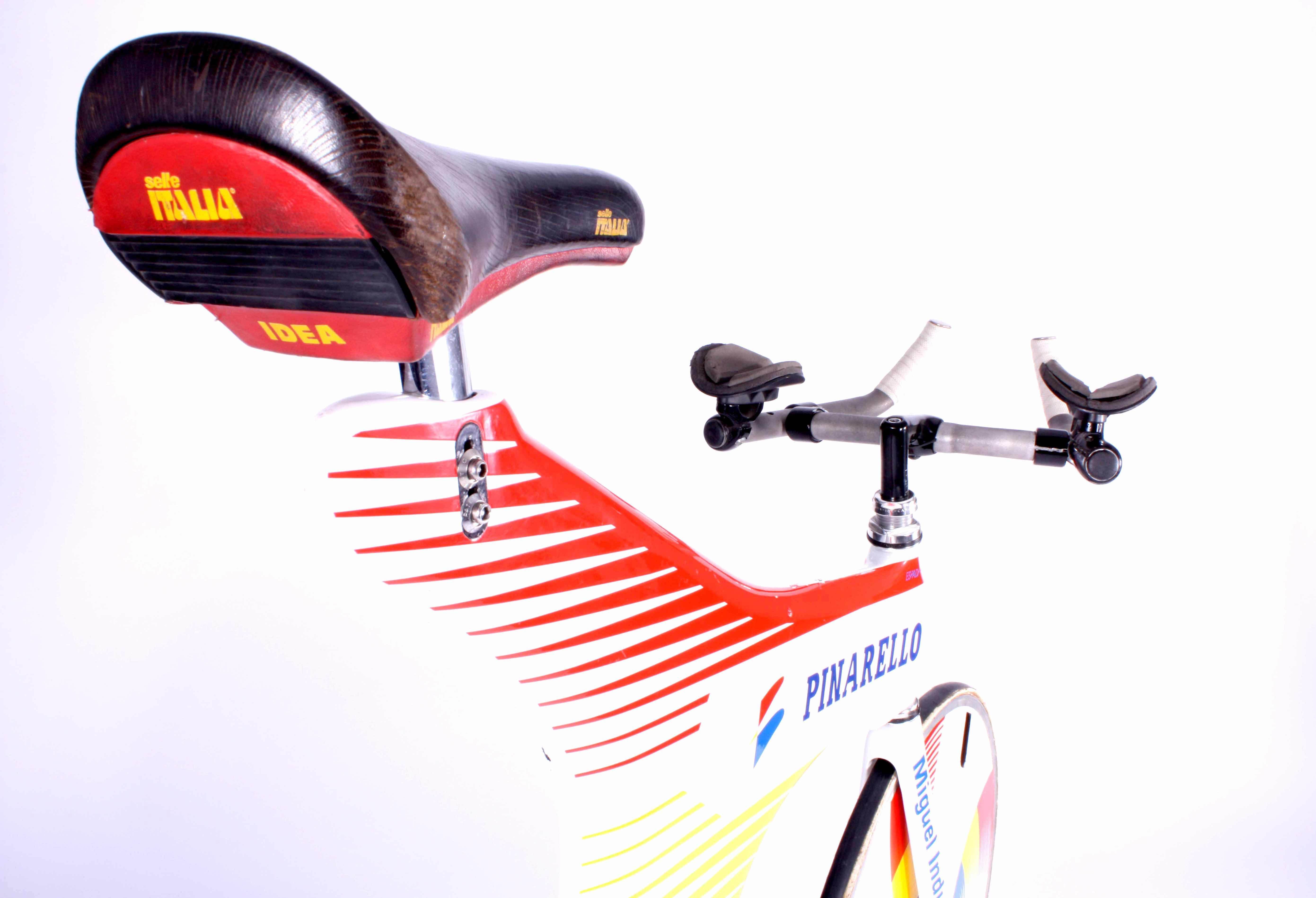
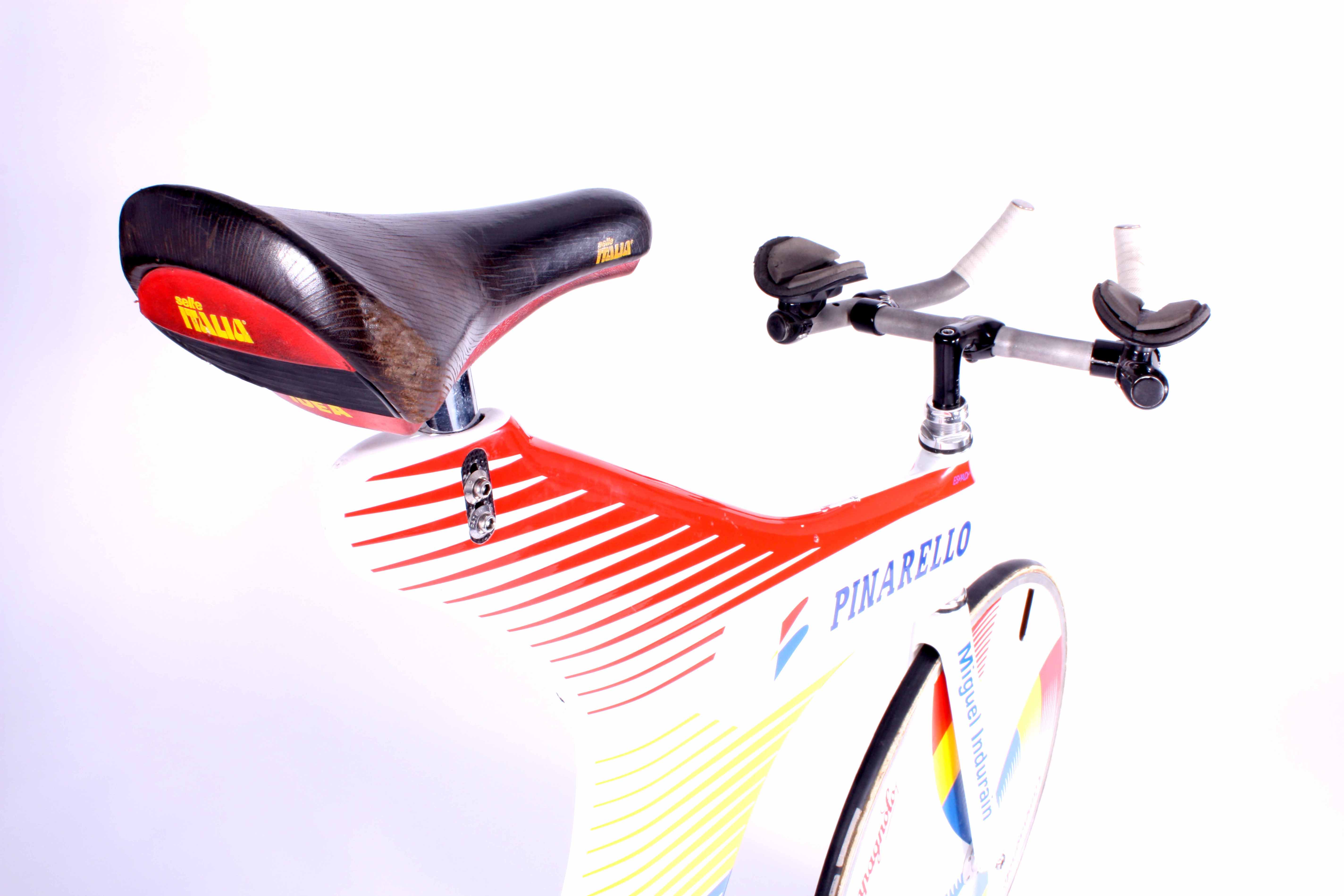
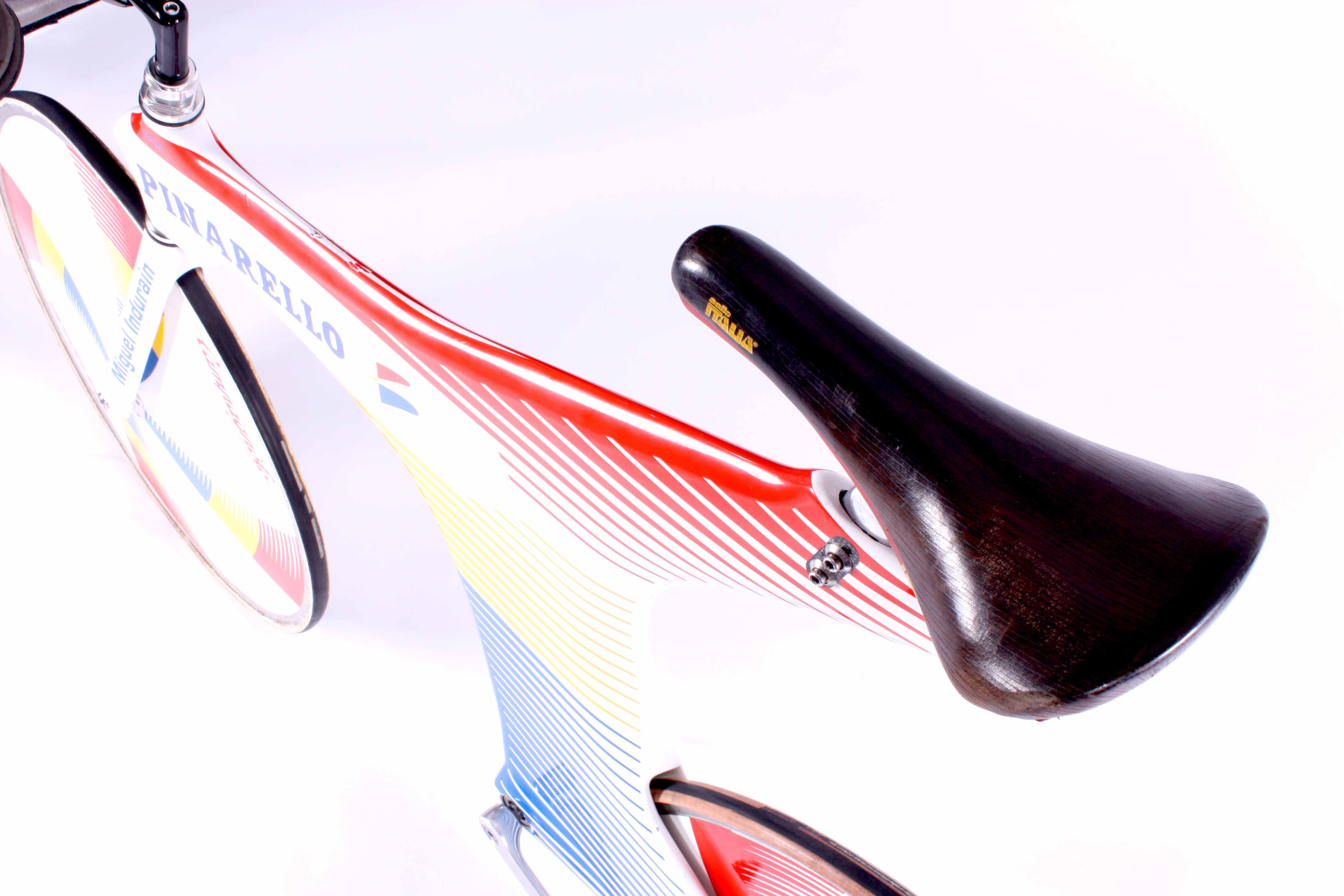
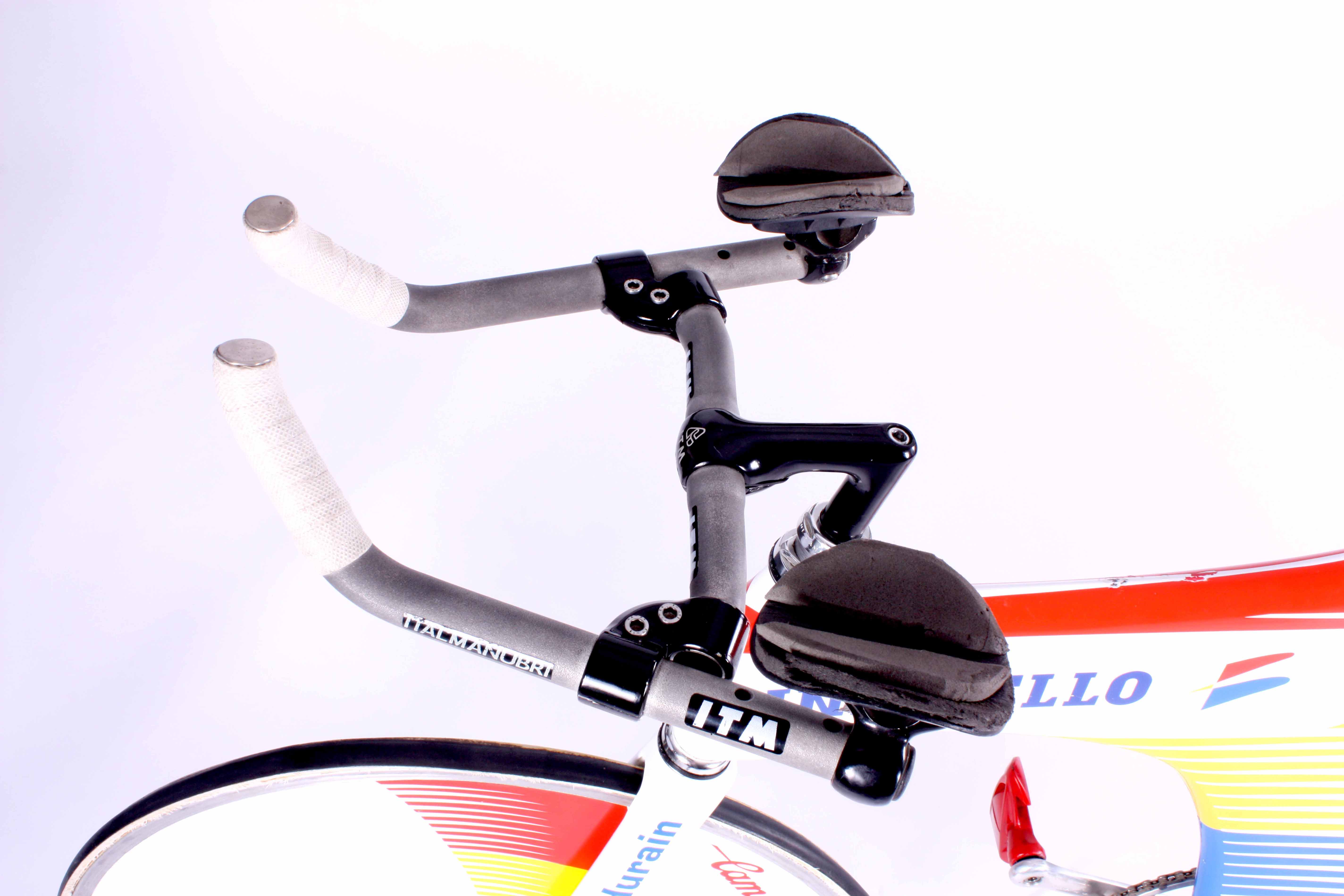
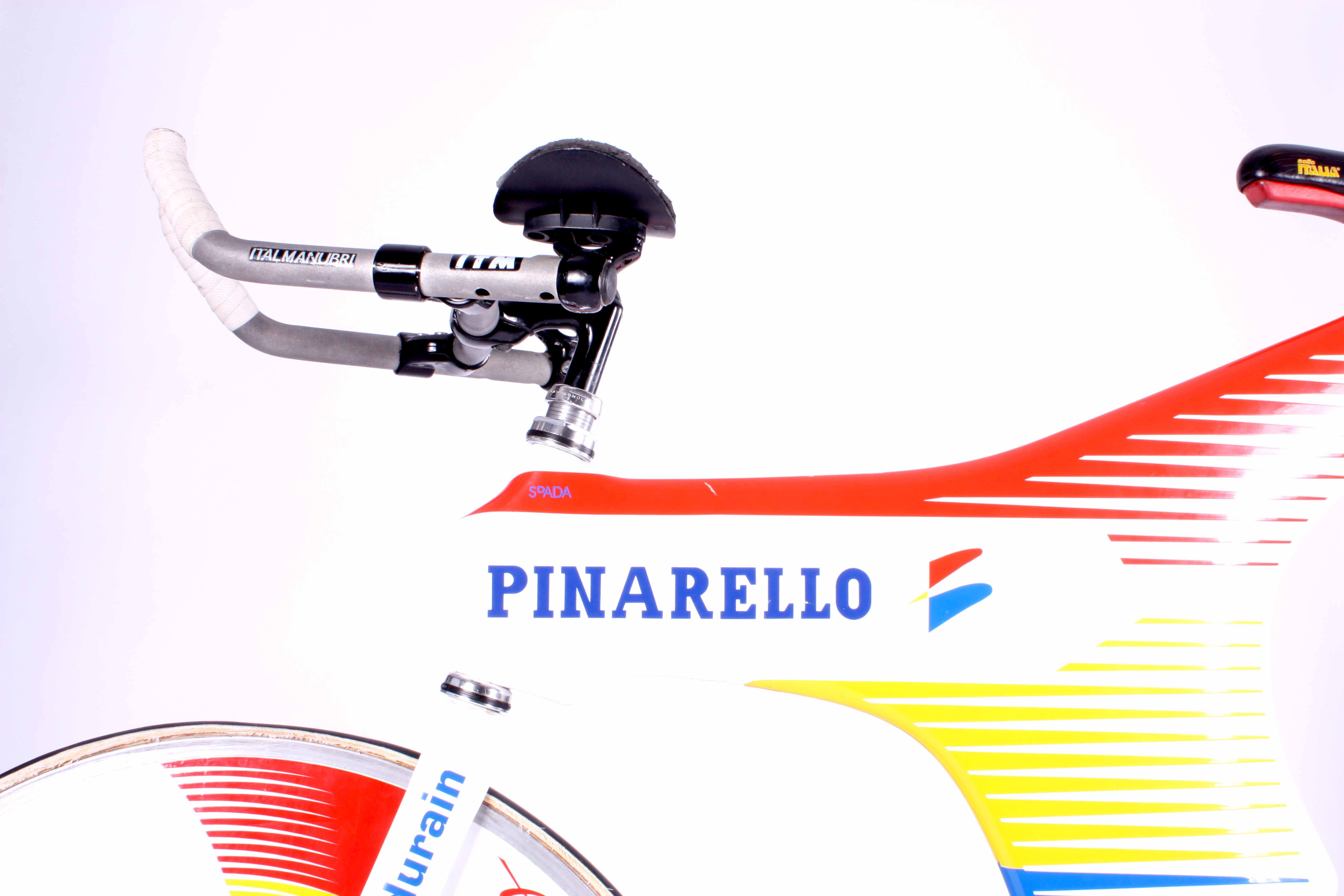
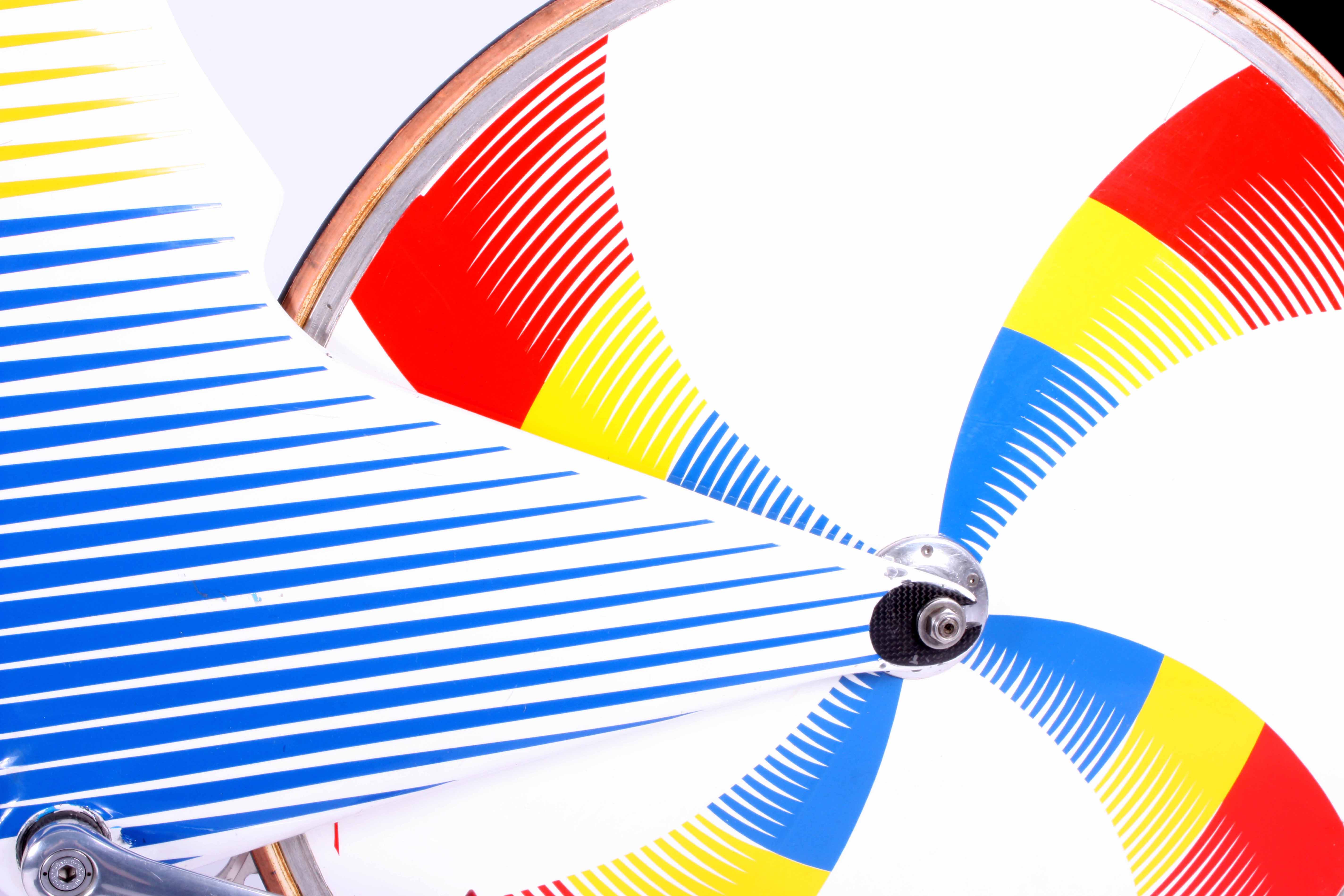
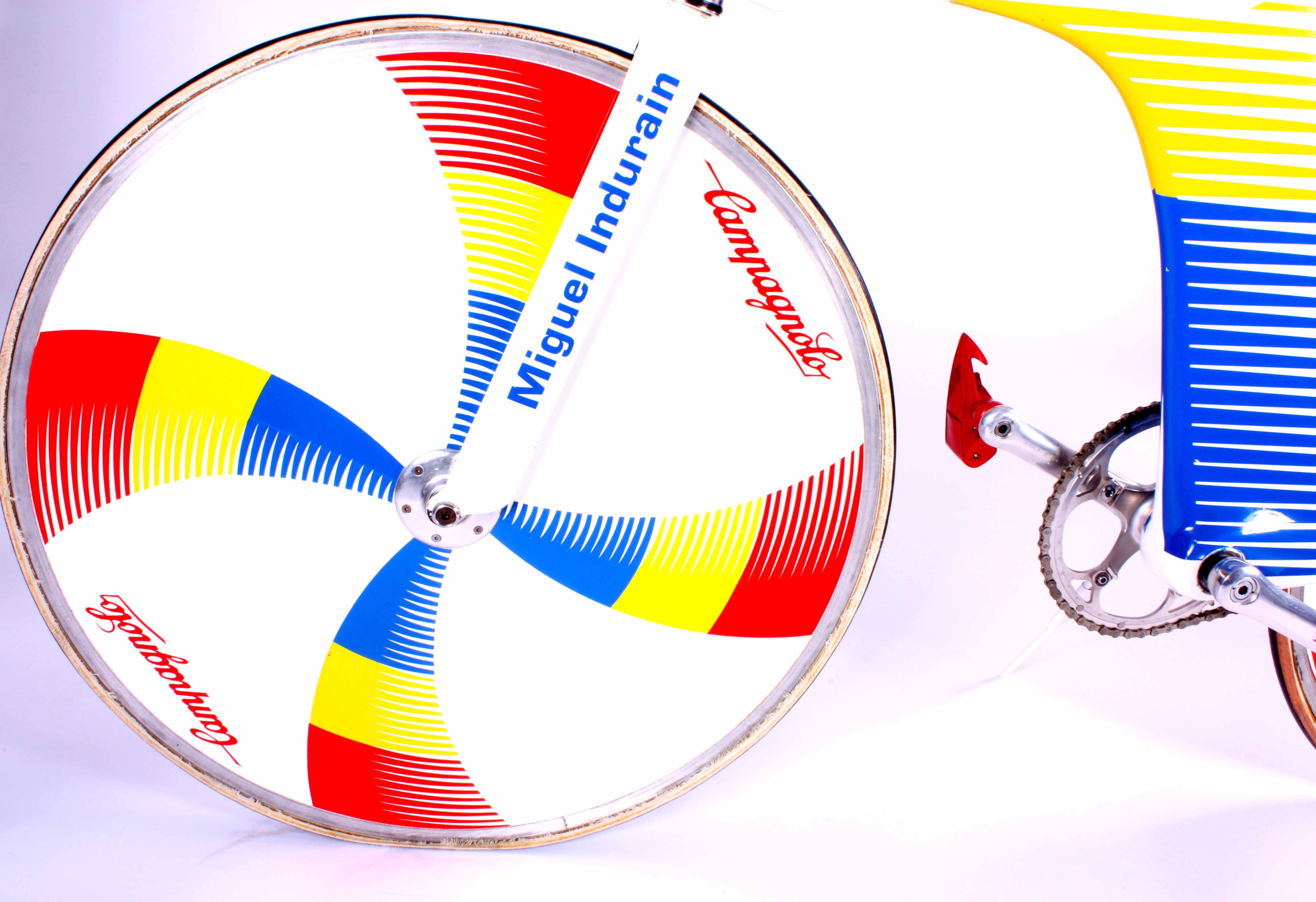
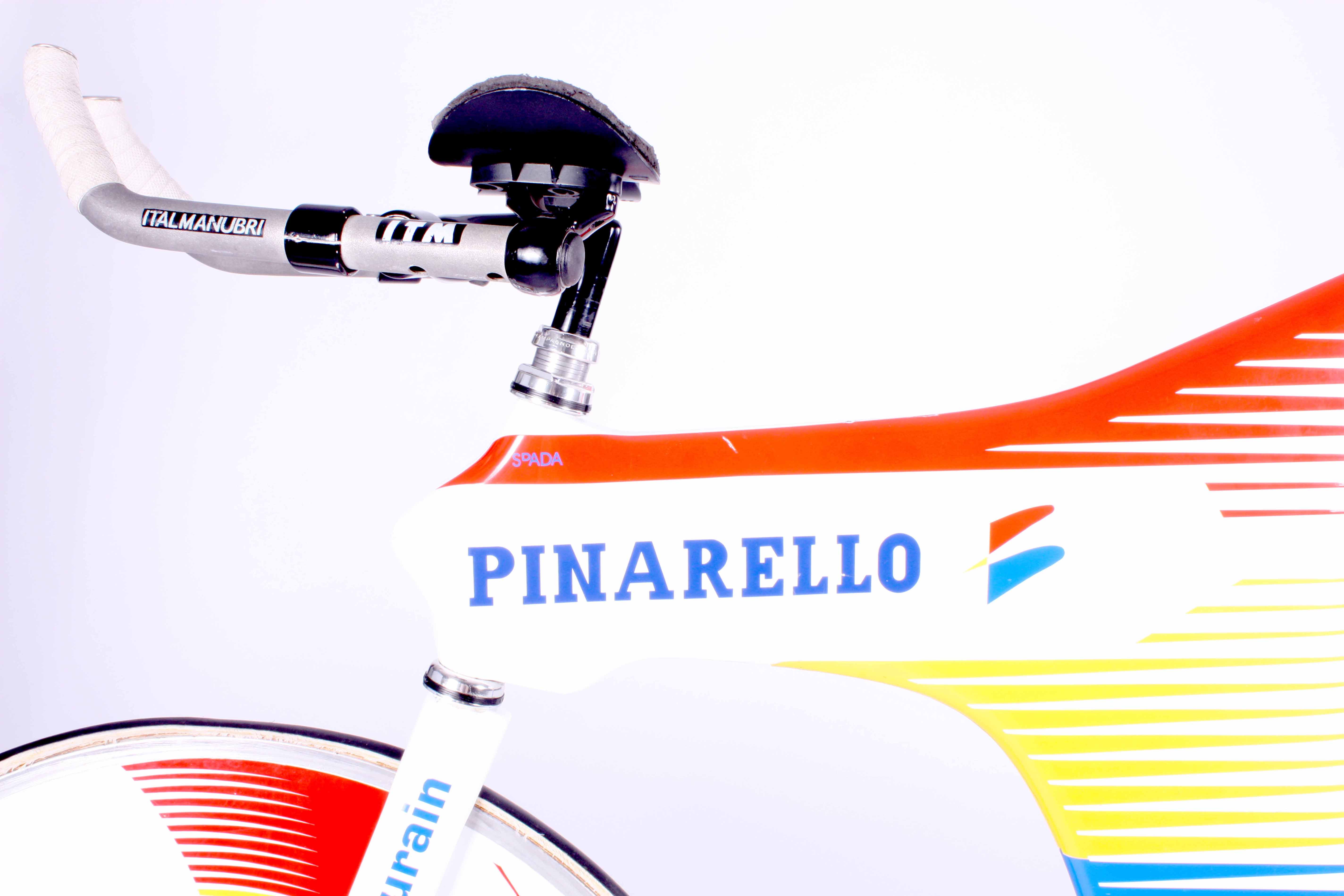
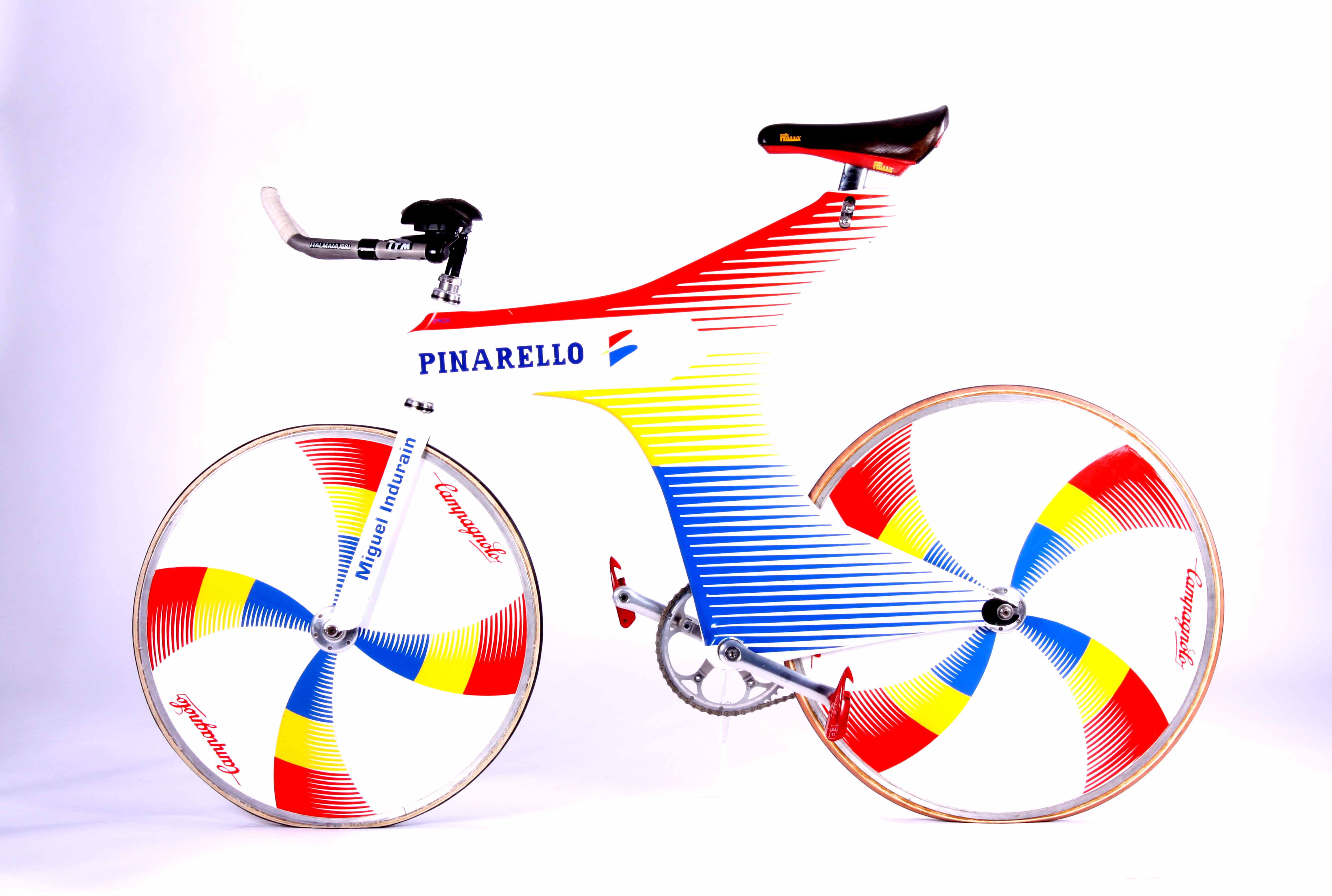
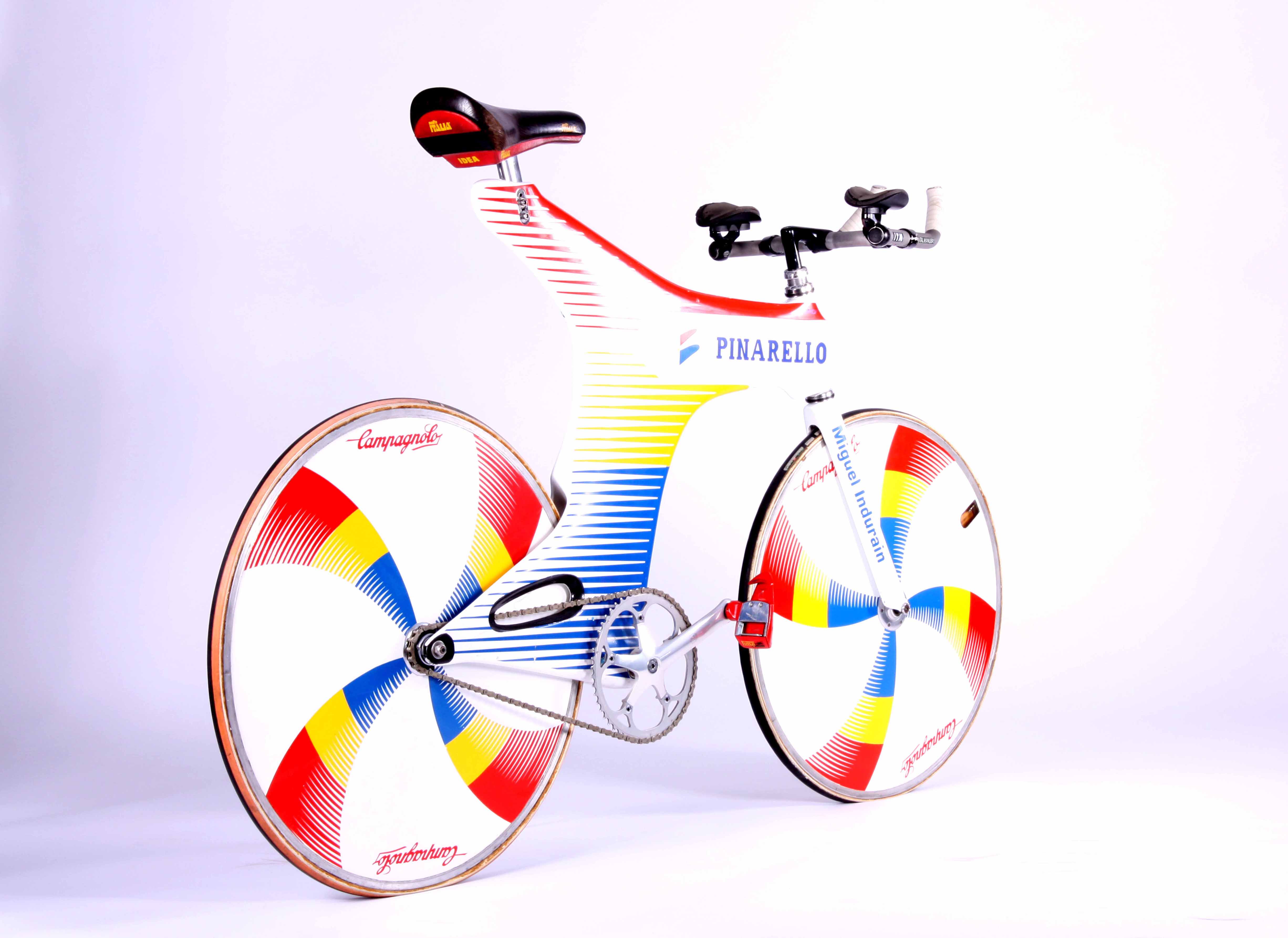
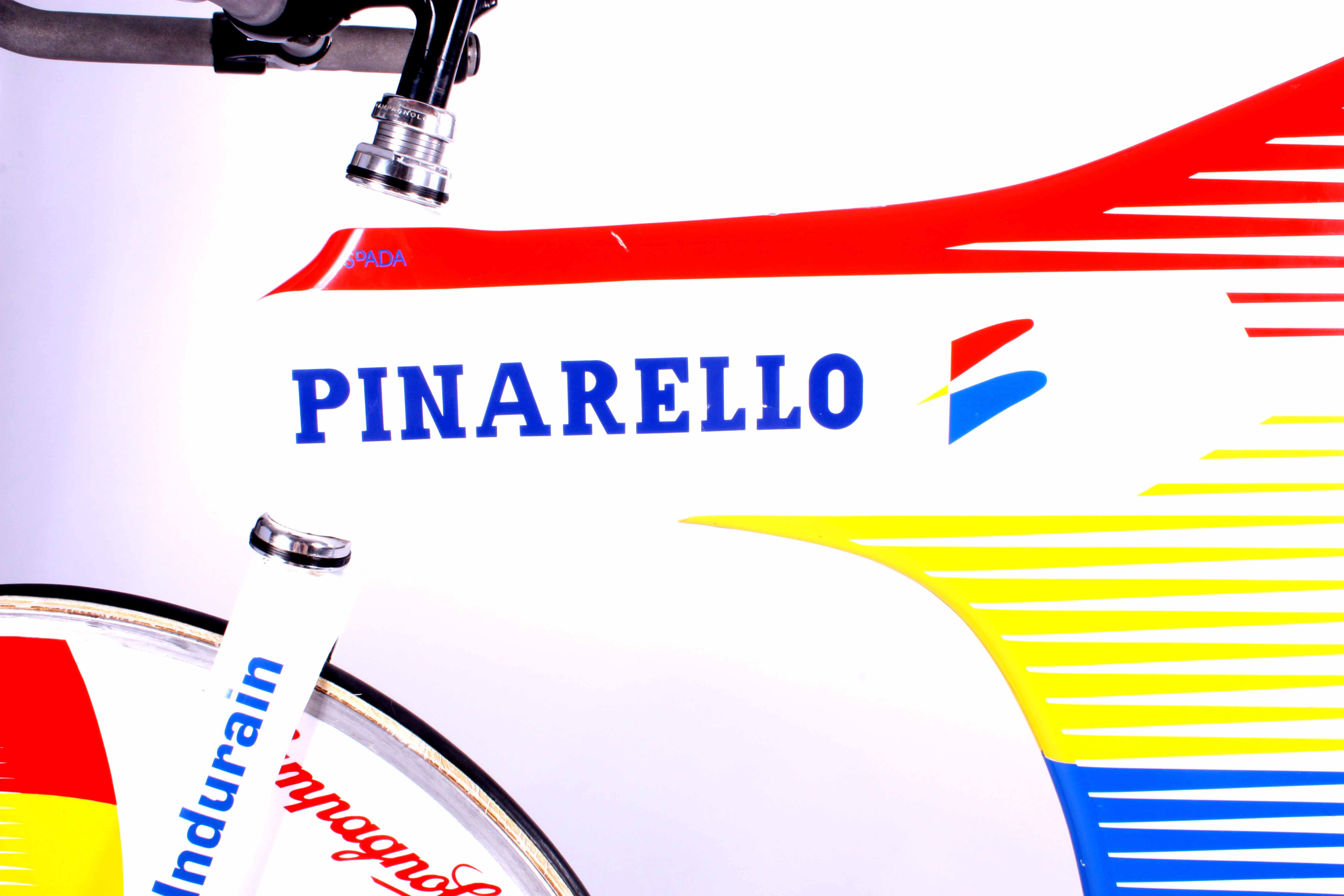
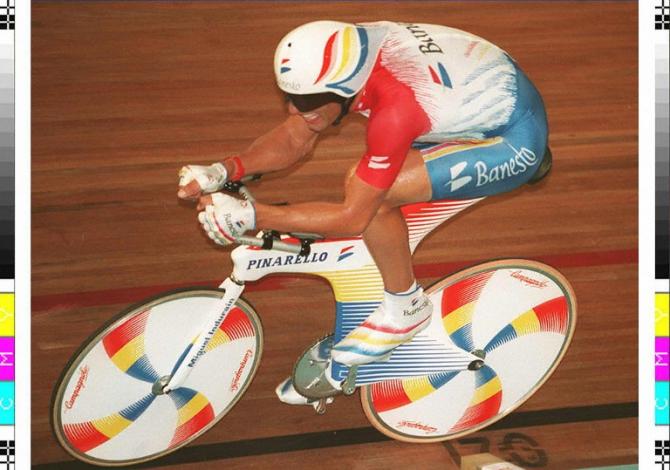
Miguel Indurain was among those in attendance as Bradley Wiggins attempted to establish a new UCI Hour Record in London in June, but the Pinarello Espada from the Spaniard’s own successful 1994 attempt had already made it to the United Kingdom ahead of the event.
In 1994, Indurain became the first man to take the Hour Record above 53 kilometres under the older regulations when he clocked 53.040 kilometres and Wiggins will aim to become the first man to do the same in the current era. He lines up on Sunday looking to break the current record of 52.937 kilometres established by Alex Dowsett last month and set a new benchmark for the Hour Record, which has enjoyed a resurgence since the UCI relaxed some of the restrictions on bike design it had imposed in 2000.
Indurain’s 1994 attempt took place in Bordeaux’s Lac Velodrome on September 2, just five weeks after he had won his fourth successive Tour de France, and – like Wiggins – there was speculation beforehand that he could elevate the Hour Record to beyond the 55-kilometre mark.
Indurain was chasing the 52.713 kilometres set by Graeme Obree earlier that year, and while Obree had made his name by breaking the Hour Record on a self-designed bike with a radical, crouched position, the Spaniard’s Espada machine was a rather more grandiose project.
Designed with input from Formula 1 aerodynamics experts Ing. Giacchi, the carbon monocoque Espada bike was a revolutionary machine even by the standards of an era that had been kick-started by Chris Boardman’s Lotus, which he had ridden to individual pursuit gold at the Barcelona 1992 Olympics.
Indurain’s Hour Record Espada weighed in at 7.5 kilogrammes. "We realized that we couldn't make a bicycle with this kind of shape in metal so we decided to use carbon fibre," Fausto Pinarello explained in 2009. "The first version was made for track, for the world hour record and then we modified it for the derailleurs and internal cable guides. Of course, this bike was made to measure for Indurain, so the carbon fibre molds still exist. The cost of each frame mold was about $5,000, not counting manufacturing costs."
The Espada was very much an Italian machine, kitted out with Selle Italia saddle, ITM handlebars and Campagnolo disc wheels. Indeed, beyond his dearth of track experience, one of the difficulties of Indurain’s Hour Record attempt was the difficulty in assuming a suitably low-profile position – as on the road, aerodynamics were sacrificed for comfort to a certain degree.
The latest race content, interviews, features, reviews and expert buying guides, direct to your inbox!
Indurain eventually set a new mark of 53.040 kilometres – not as much as anticipated by many observers, but enough for the preeminent time triallist of his era to inscribe his name in the record books. Within two months, however, Indurain would be surpassed by his great rival Tony Rominger, who stretched the record to a remarkable 55.291 kilometres in two attempts that Autumn.
A year later, at altitude at the velodrome in Duitama, Colombia, Indurain again took to the Espada in a bid to regain the record but, struggling with the wind and still suffering the effects of the recent World Championships, the Spaniard ended his attempt barely halfway through.
The Espada, of course, would also enjoy success on the road, as Indurain won both long time trials at the 1995 Tour on one of four versions of the bike ultimately created.

